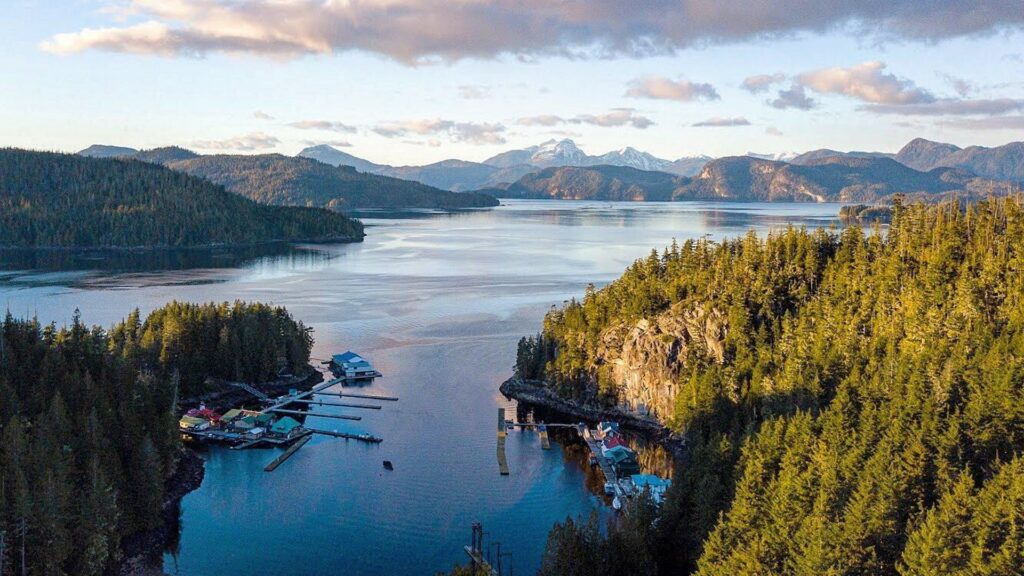
Intelligence is taking advantage of your environment, and in our own backyard that’s what we’re trying to do,” says Ḵwiḵwa̱sut’inux̱w Ha̱xwa’mis First Nation Chief Rick Johnson. “Our community and our Nation are doing today what our grandparents did for millennia before us.”
Over the last several years, the concept of nogad (the Kwak̓wala word for being wise to one’s natural surroundings) is truly being manifested by the Ḵwiḵwa̱sut’inux̱w Ha̱xwa’mis First Nation.
To say they have been accomplishing a lot would be an understatement. There are roughly 30 people who live in the main village site at Gwa’yas’dums, but neither their size nor physical remoteness has held them back. Quite the opposite. They are capitalizing on the exquisite, natural beauty of their environment, coupled with the committed resilience of community members and their drive for self-determination, in ways that bode well for generations to come.
Growing up in Gwa’yas’dums
The village of Gwa’yas’dums is located on Gilford Island. It covers an area of just under 400 square kilometers sitting between Tribune Channel and Knight Inlet, in the Broughton Archipelago, just off the northeast coast of Vancouver Island. It’s a place of breathless natural beauty and bountiful access to wildlife and outdoor adventures. It’s also a place where this First Nations community has been quietly rebuilding their cultural, social and, economic identity for well over a decade. And they’ve been doing so with relentless determination, steadiness and, perhaps most importantly, a shared community vision for the future.
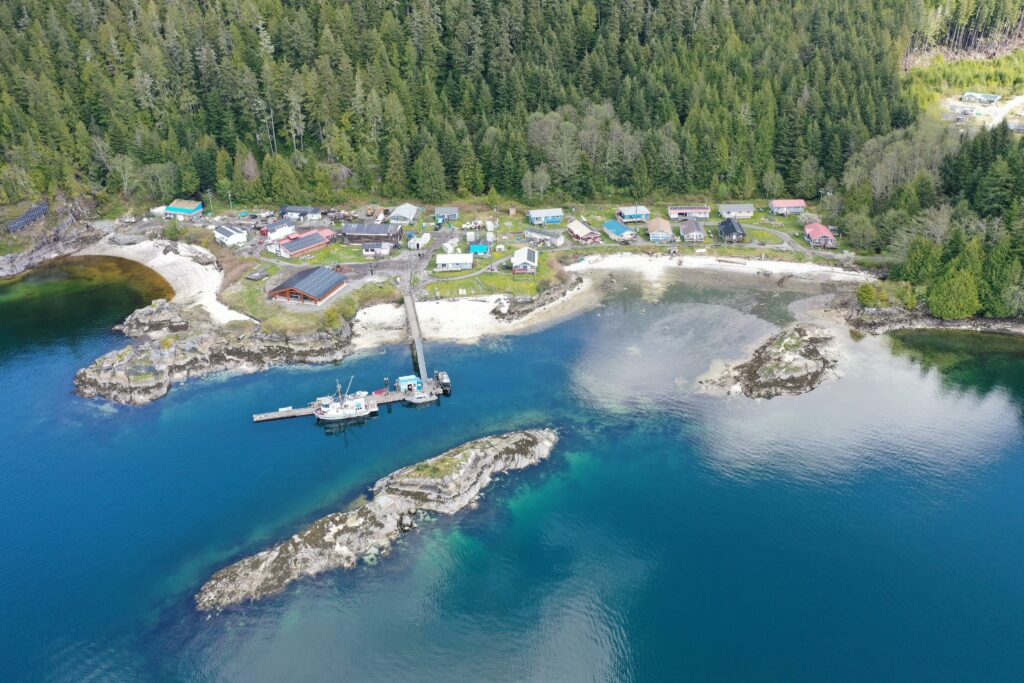
For Chief Rick Johnson, growing up in Gwa’yas’dums, he recalls a comment his Auntie made one day as they were watching lines of fishermen, loggers, and clam diggers go by their front doors.
“It’s like we’re invisible here,” he recalls her saying. “Industry is just passing us by… this used to be our land.”
That comment stuck with Chief Johnson over the years and as he watched his village go from a thriving community with a functioning Big House, school, preacher, teachers, and even enough people for a local soccer team, to a place where 90% relied on social assistance and the other 10% worked at the Band office.
“We all used to live in the village back then,” Chief Johnson recalls. “We built our own homes, went to our own school, and drank our own cedar water. We were healthy and independent. We used the gillnet boats to sustain ourselves and spoke in our own language. There were plenty of jobs… We went from 90% First Nations working in the logging and fishing industries, down to 5-6%, almost nothing. We need to get back to where we were before.”
Come Back Home Plan
Getting back to where they were – in terms of housing, education, health, transportation, and a thriving economy – has been, and continues to be, a process. It’s also been a truly collaborative and empowering endeavour that is an integral part of their Nation’s Come Back Home Plan – an initiative encouraging community members back to their traditional territory. The process began with a Community Plan led by former Chief Councillor Bob Chamberlain.
“Everyone had a commitment to be at this meeting,” recalls Herb Chamberlain, a Ḵwiḵwa̱sut’inux̱w Ha̱xwa’mis First Nation Council member since 2006 and Bob’s younger brother. “We knew, as a community, that we couldn’t rely on logging and fishing anymore; that we needed a plan to attract people home.”
The plan – what Chief Johnson refers to as yayama (all coming home) in Kwak̓wala – became a strategy to prioritize strategic tourism and ecotourism as opportunities for economic, social, and cultural revitalization, all the while reclaiming stewardship over their natural environment.
“Tourism is how we’ve been able to rebuild our village, our Big House, and 26 new homes (which will be completed later this year) with heat pumps and solar panels,” says Herb. “We are finally getting to the stage where we can look at bringing people back home.”
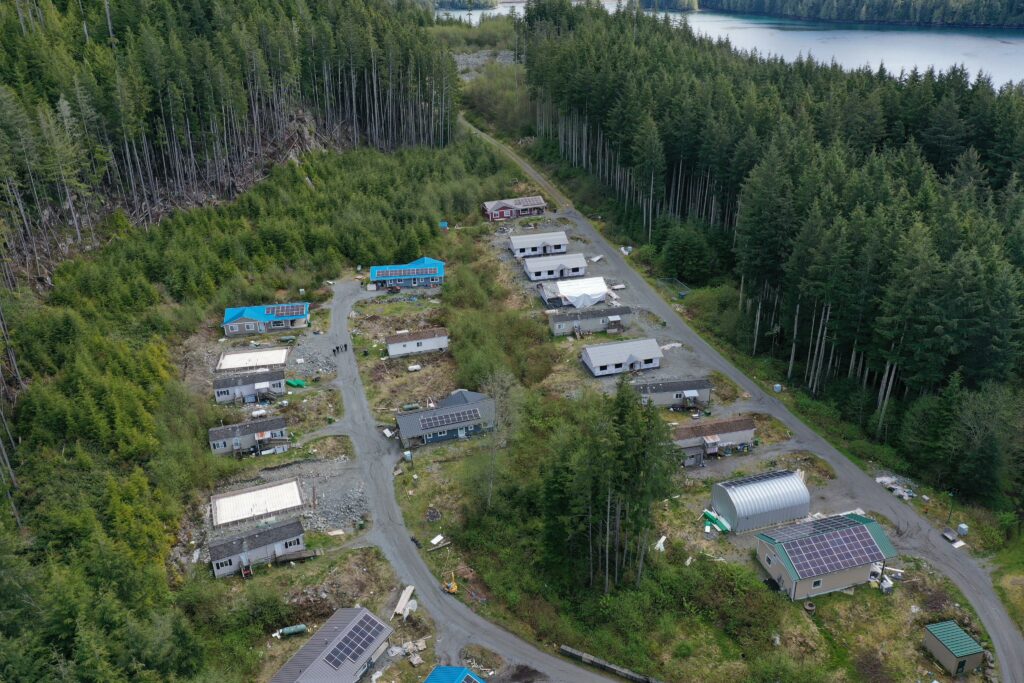
For Chief Mike Willie, a Ḵwiḵwa̱sut’inux̱w Ha̱xwa’mis First Nation councillor and local tourism operator who founded and oversees Sea Wolf Adventures, he also sees tourism as a key way of helping the community break out of the poverty cycle.
“In the past, we didn’t benefit from a lot of the development coming out of our own territories,” says Mike. “Tourism has allowed us to build our foundation, create opportunities within the community and help draw people back to their land.”
Gwa’yas’dums Big House
And when people do (and continue) to return home, the Gwa’yas’dums Big House – the oldest on the west coast of Canada – is a major socio-cultural incentive for welcoming members. Restored in 2013, for the eighth time, the Big House remains a foundational piece of the community’s history and identity.
“Our Big House serves a valuable function around traditional governance structure,” says Chief Johnson, whose great grandfather Chief Herbert John was inherited stewardship responsibilities for the Big House. “There’s huge meaning behind gathering here; it’s where Chiefs and Elders exercise their rights to share clan origin stories. The Big House connects family to their land, and we have a lot of work to do in showing community members that these lands belong to them and that they belong here.”
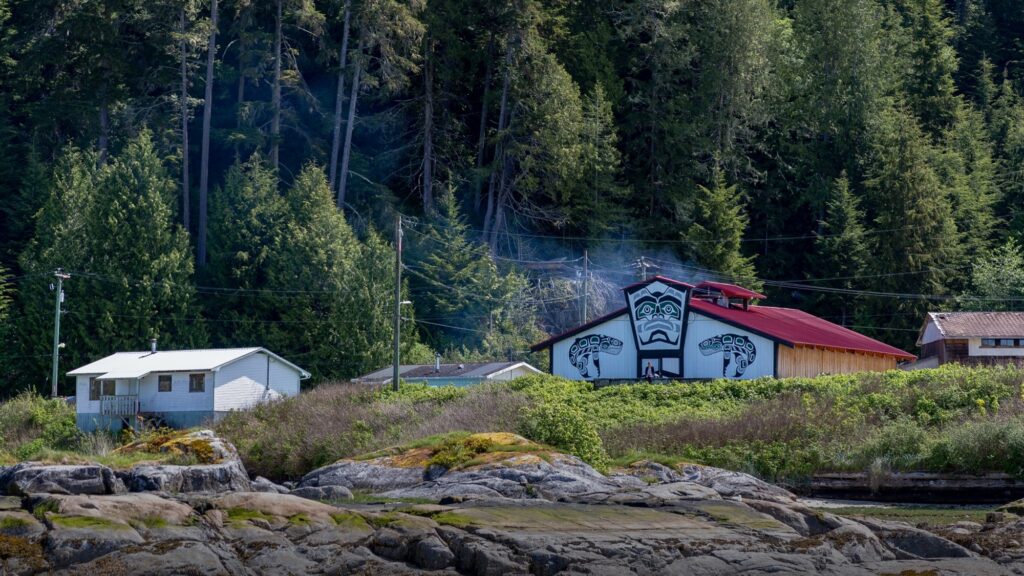
For Liz Carter, a Ḵwiḵwa̱sut’inux̱w Ha̱xwa’mis First Nation Council member who is currently standing for her second term, these traditional physical structures also play an invaluable role in preserving First Nation identity.
“There is great importance in having something physical to look at because it shows us what we want and what we can do.”
Reclaiming and sharing ancestral territory
As part of re-establishing links to their ancestral territory, the Nation purchased 100 acres of land and has embarked on several key, strategic, tourism development projects. These initiatives help preserve and foster the economic and socio-cultural wellbeing of the community, while also sharing their rich history and culture with visitors.
“Tourism has been in our territory for a long time,” says Mike who has been running Sea Wolf Adventures for the past decade. “But it just wasn’t us welcoming people onto our land. Now that’s changing. Indigenous tourism is really taking off as people are asking for that unique Indigenous experience, to learn about reconciliation, and to be educated about historical wrongs. And it’s only right that we welcome them onto our territory.”

In 2020, the Nation used funds from their own-source revenue to buy Echo Bay Marina and Lodge (situated next to the traditional Ḵ̓wax̱wa̱lawadi village site and a short boat ride from Gwa’yas’dums). Two years later, they built on this acquisition by restoring an adjacent trail known as the Ḵ̓wax̱wa̱lawadi Interpretive Trail. This 1.5km loop showcases the area’s rich, pre-contact Indigenous history and will have benches and accessibility modifications to encourage a wider range of walkers.
“These projects have been so important to us on many levels,” says Chief Johnson. “They’ve created full-time employment – including for youth who will be educating visitors on who the Kwak̓wala people are and our history – and allow us as a community to have more decision-making power in Ḵwiḵwa̱sut’inux̱w Ha̱xwa’mis territory.”
For Liz, born in Alert Bay and currently living in Campbell River, these initiatives also hold deep symbolic significance.
“I only get back to the community every couple of months or so, but when I do it warms my heart – not only to see all the development happening but also just putting my feet back on the land,” she says. “It’s so important to have a sense of where you come from, and putting your feet on the ground is about really knowing you belong. It’s real. It’s a sense of belonging, and I’m so proud of the work being done.”
Managing the (many) moving parts
Chief Johnson will be the first to admit that today there are a lot of “moving parts” happening in his community. And a great number of these efforts have been, and continue to be, instigated and managed by Jamie Pond.
Jamie was hired as KHFN’s economic recovery lead in 2021, during the height of the pandemic. And while she admits that her “wheelhouse is infrastructure”, she has proven herself more than ready, willing, and capable to take on the many and various moving parts coming through the Nation’s office daily.
“All the needs of the community have come across my desk, and I make recommendations,” Jamie says. “Everything here is connected, and it’s my job to put the puzzle pieces together and to speak everyone’s language so we can have some common understanding.”

As part of Jamie’s portfolio of projects over the last couple of years, she’s overseeing a more recent initiative to develop a permanent campground in the Fox Group Islands (Lix̱is) Kayak Campsite. The campground will include tent pads, outdoor showers, and a covered meeting area. The adjacent trails will be renewed for easy and accessible walking, group kayak, and other types of self-organized tours or marine activities.
A uniqueness of KHFN is that we are one of the few First Nations communities with members still living on their traditional village site and who value securing our heritage,” says Jamie. “The beauty of the KHFN is that they promote this from within.”
Impact on community spirit
KHFN continues to steadily move forward in its plans to drive members home, revitalize the community, and reclaim ownership over their land.
“I like to call this ‘the little Nation that could’,” says Liz. “All these projects are giving us a footprint in our nation and reclaiming our land, taking it back feels so good. It’s like going back to what was ours, to begin with.”
All the work being done is enticing more visitors to venture in and learn about the rich history and culture of this community. These impacts are reflecting positively on community spirit.
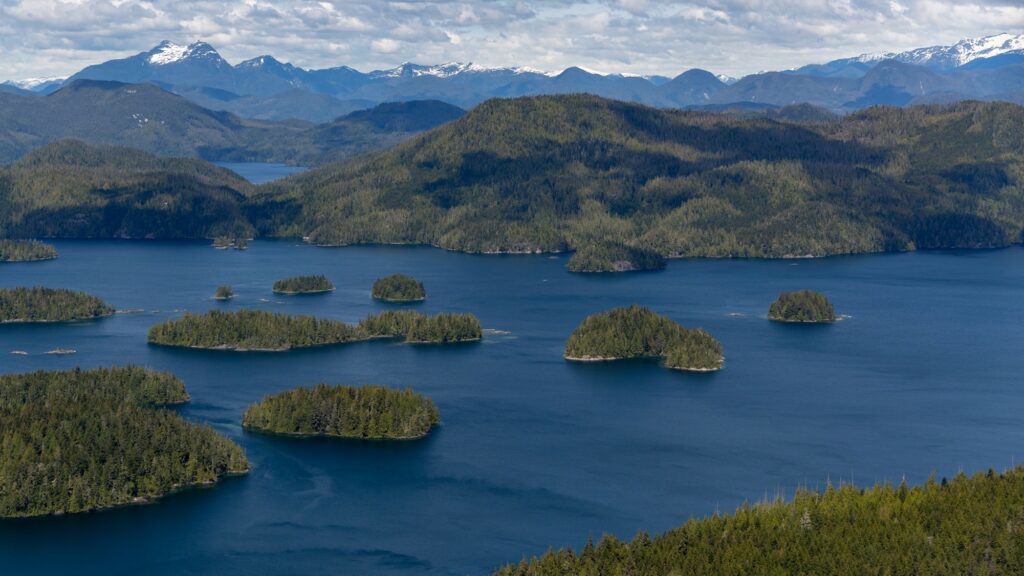
“One of our elders, Dave Johnson, said to me: Herb, we don’t even need to have a meeting anymore. You can just see all the progress happening. This made me very proud!”
For Chief Johnson, being a part of the development happening today is in many ways returning to the thriving community he was once a part of in his youth.
“It feels great to be a part of it,” says Chief Johnson. “To be benefitting from the natural area that belongs to us, to the Kwak̓wala people – that’s a good feeling. We’re doing everything we can do, collaboratively, to bring this forward at the reconciliation table.”
****
Island Coastal Economic Trust is honoured to have been working in close partnership with Ḵwiḵwa̱sut’inux̱w Ha̱xwa’mis First Nation since 2013 on the following projects:
Gwa-yas-dums Big House Restoration (2013)
Gwa-yas-dums Community Connectivity Strategy (2021)
Economic Recovery Lead (2021-22)
Ḵ̓wax̱wa̱lawadi Trail (2022)
Kayak Tourism Focused Campground Business Start-up (2022)
Together, these projects were valued at over $330,000.
And there is still so much more to do, together.